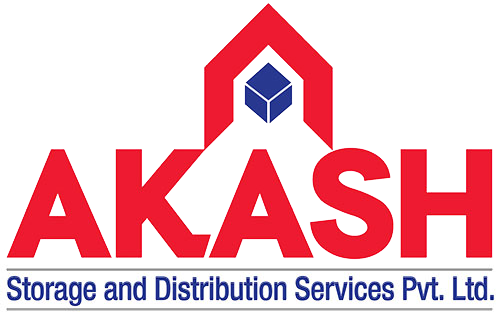In today’s fast-paced supply chain landscape, warehouses are under constant pressure to improve efficiency and reduce costs. Technological advancements are transforming the way warehouses operate, and three key technologies stand out in this evolution: automation, Warehouse Management Systems (WMS), and the Internet of Things (IoT).
-
Automation
Automation in warehousing involves the use of machines and technology to perform tasks that would traditionally require human intervention. This includes:
- Automated Guided Vehicles (AGVs): These vehicles navigate through the warehouse to transport goods, reducing the need for manual labor and minimizing human error.
- Robotic Picking Systems: Robots can pick items from shelves with precision and speed, greatly enhancing order fulfilment rates.
- Conveyor Systems: Automated conveyors streamline the movement of goods, allowing for faster sorting and shipping processes.
By implementing automation, warehouses can achieve higher throughput, reduce labor costs, and improve safety by minimizing the risk of human error.

-
Warehouse Management Systems (WMS)
A Warehouse Management System is software that supports day-to-day operations in a warehouse. Key features include:
- Inventory Management: WMS provides real-time visibility into inventory levels, helping to reduce stockouts and overstock situations.
- Order Processing: Automating order processing speeds up fulfilment and improves accuracy.
- Task Management: WMS can optimize workforce assignments based on current workload and skill levels, leading to better resource allocation.
By leveraging a WMS, warehouses can enhance their operational efficiency, improve customer satisfaction through timely deliveries, and make data-driven decisions.

-
Internet of Things (IoT)
IoT refers to the network of interconnected devices that communicate and exchange data. In warehousing, IoT can be utilized in several ways:
- Real-time Tracking: RFID tags and sensors can track inventory and assets in real-time, providing valuable data for decision-making.
- Predictive Maintenance: IoT devices can monitor the condition of equipment, predicting failures before they occur and reducing downtime.
- Temperature and Humidity Monitoring: For perishable goods, IoT sensors can ensure optimal storage conditions, reducing waste.
IoT enhances visibility and control over warehouse operations, enabling proactive management and improving overall efficiency.
Conclusion
The integration of automation, WMS, and IoT into warehouse operations is no longer optional; it is essential for staying competitive in the logistics sector. By harnessing these technologies, warehouses can optimize their processes, reduce costs, and deliver superior service to their customers. Embracing this technological shift not only enhances operational efficiency but also positions warehouses to adapt to the evolving demands of the supply chain.
